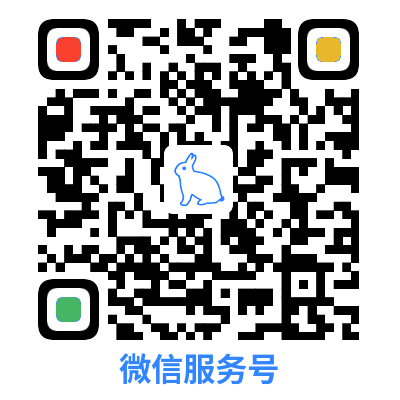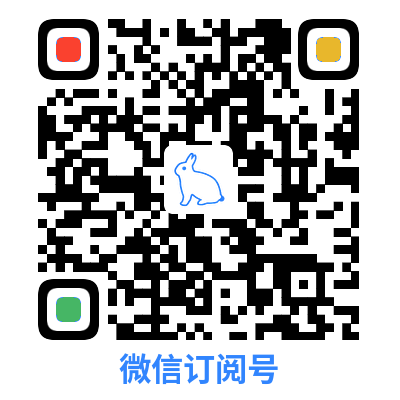看到了一个很奇怪的 dict 表达式:
- {True: 'yes', 1: 'no', 1.0: 'maybe'}
-
你觉得这个表达式的最后结果会是什么?
答案是 {True: 'maybe'} ! 有没有觉得很神奇?
原因在于:
1、在 Python 中,True 和 1 和 1.0 是相等的:
- return True == 1 == 1.0
-
- True
-
值得一说的是,Python中的布尔类型其实就是整型的一个子集,它与整型唯一的不同就是当转换成字符串时会返回 "True" 或 "False"。
2、不仅如此,True 和 1 和 1.0 的 hash 值也是一样的:
- return hash(True) == hash(1) == hash(1.0)
-
- True
-
3、而对于 dict 来说,若两个 key 有相同的值和 hashcode,那么这两个 key 认为是等价的。
以下摘自 https://docs.python.org/3/glossary.html 的说明:
An object is hashable if it has a hash value which never changes during its lifetime (it needs a __hash__() method), and can be compared to other objects (it needs an __eq__() method). Hashable objects which compare equal must have the same hash value.
Hashability makes an object usable as a dictionary key and a set member, because these data structures use the hash value internally.
All of Python’s immutable built-in objects are hashable, while no mutable containers (such as lists or dictionaries) are. Objects which are instances of user-defined classes are hashable by default; they all compare unequal (except with themselves), and their hash value is derived from their id().
最后有一点需要说明的是,这个问题其实是可以通过 flake8,pylint 这类工具检查到的。
比如用 flake8 来进行检查的话就会提示 F601 dictionary key True repeated with defferent values。
- [lujun9972@F41 pythondocument]$ echo "{True: 'yes', 1: 'no', 1.0: 'maybe'}" |flake8 -
- stdin:1:2: F601 dictionary key True repeated with different values
- stdin:1:15: F601 dictionary key True repeated with different values
- stdin:1:24: F601 dictionary key True repeated with different values

